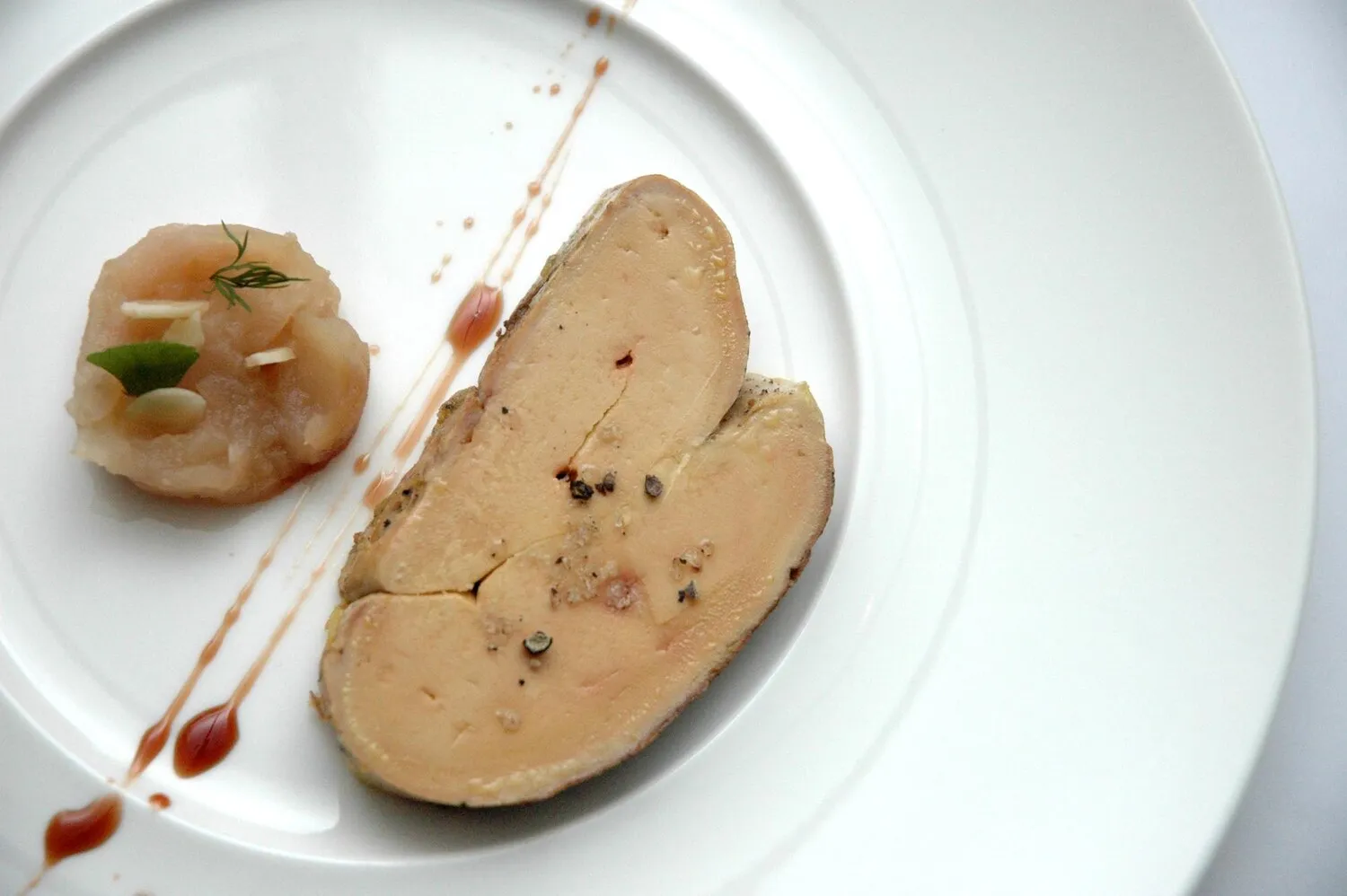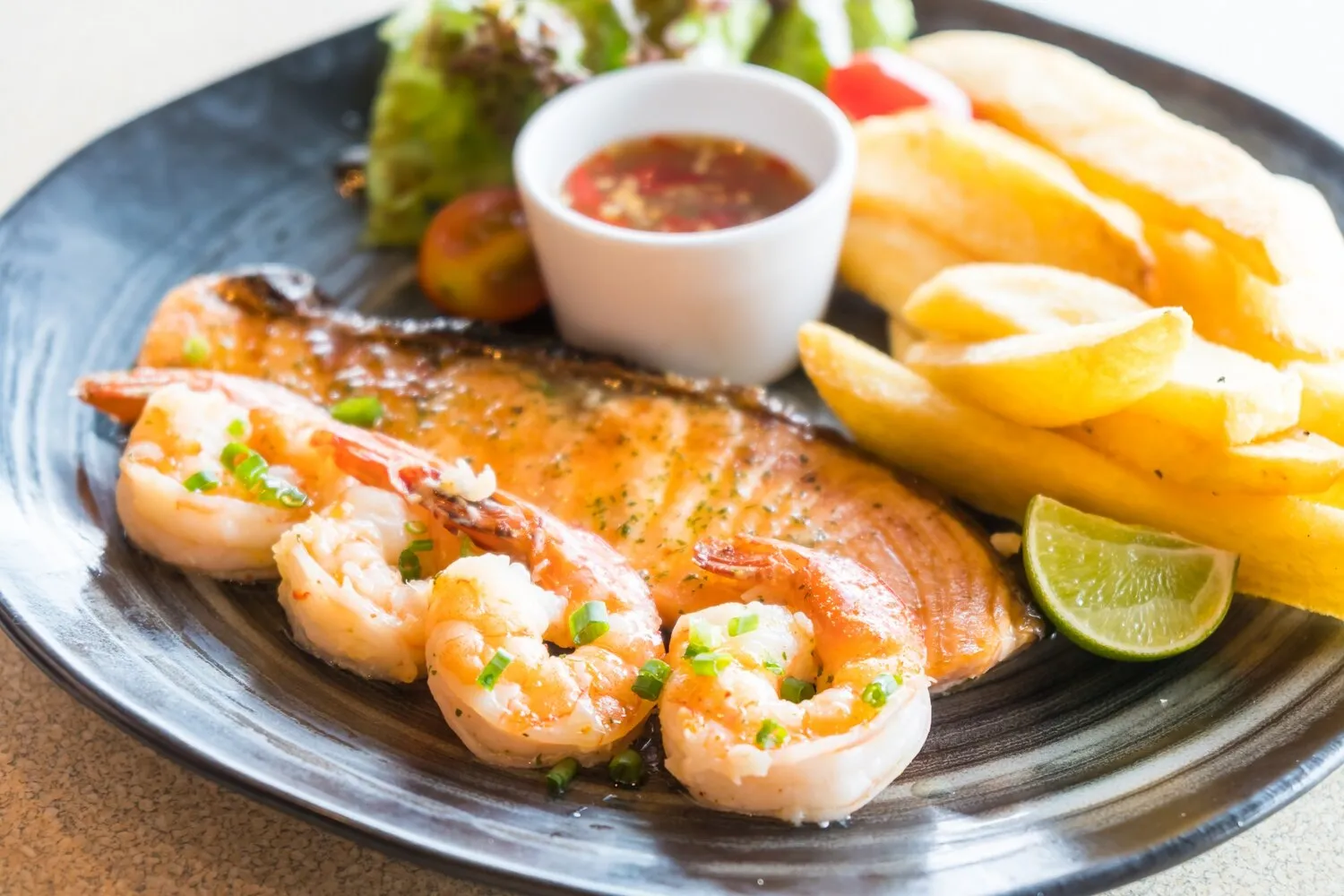
Ris de Veau
Veal sweetbreads, a classic French delicacy.
Nutrition Facts
* The % Daily Value (DV) tells you how much a nutrient in a serving of food contributes to a daily diet. 2,000 calories a day is used for general nutrition advice.
Sweetbreads, as edible offal, have been consumed since antiquity. In France, their use has been documented for centuries, with a rich history of preparation methods and regional variations. Their prominence in French cuisine reflects a culinary tradition that values nose-to-tail eating and the creative utilization of all parts of an animal.
Ris de Veau are considered a delicacy in France, often associated with fine dining and special occasions. Their preparation requires skill and attention to detail, elevating them beyond everyday fare.
Fine Dining Staple
Ris de Veau are frequently found on the menus of upscale French restaurants, showcasing the chef's expertise and the restaurant's commitment to quality ingredients.
Celebratory Dish
They are often served during special occasions such as weddings, anniversaries, and holiday feasts, reflecting their status as a luxurious and celebratory food.
Regional Variations
Different regions of France may have their own unique preparations of Ris de Veau, utilizing local ingredients and culinary traditions.
Ris de Veau offer a delicate, subtly sweet, and creamy flavor profile. Their texture is key, ranging from tender and yielding to slightly crispy on the exterior depending on the preparation method.
The flavor of sweetbreads is often described as mild and delicate, allowing accompanying sauces and seasonings to shine. When properly prepared, they are tender and creamy on the inside, with a slight resistance or crispness on the outside if pan-fried or grilled. Common flavor pairings include butter, lemon, mushrooms (especially morels), white wine, and herbs like thyme and parsley. The specific flavors will vary depending on the cut (thymus or pancreas) and the cooking method. A well-prepared Ris de Veau should not taste gamey or metallic; any off-flavors indicate improper handling or cooking.
Cleaning and Blanching
Thoroughly clean the sweetbreads by soaking them in cold water for several hours (or overnight), changing the water frequently. Blanch them briefly in boiling water, then plunge them into ice water. This helps remove the membrane and firm them up for further cooking.
Gentle Cooking
Sweetbreads can become tough if overcooked. Gentle cooking methods like pan-frying, sautéing, or braising are recommended to maintain their tender texture. Monitor the internal temperature closely.
Resting Period
Allow the cooked sweetbreads to rest briefly before serving. This allows the juices to redistribute, resulting in a more succulent and flavorful dish.
Explore additional Classic French dishes and restaurants
Explore Classic FrenchDiscover top dining spots and culinary experiences in Namur.
Explore NamurLearn more about the food culture, restaurant scene, and culinary heritage of Belgium.
Explore Belgium
